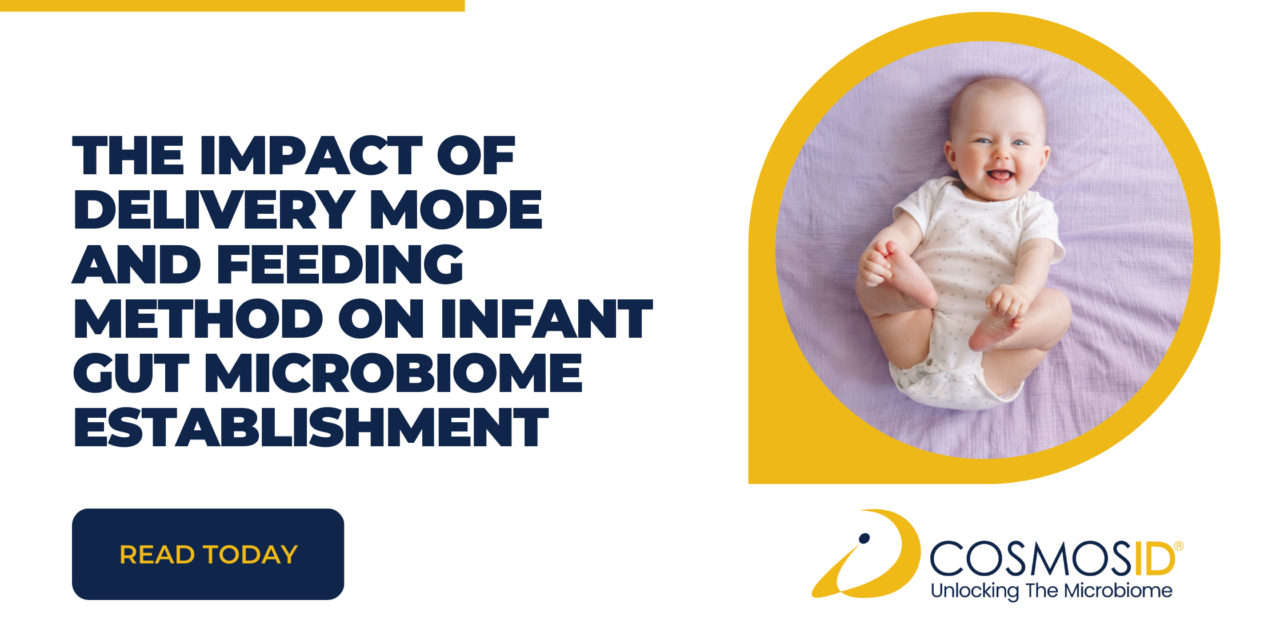The Impact of Delivery Mode and Feeding Method on Infant Gut Microbiome Establishment
Special thanks to Eray Şahin for the bioinformatics analysis of data. This guide will discuss the impact of delivery mode and feeding method on infant gut microbiome establishment, a study conducted by researchers from the University of California Davis. The research team used CosmosID’s platform to analyze microbial samples collected from infants born vaginally...



